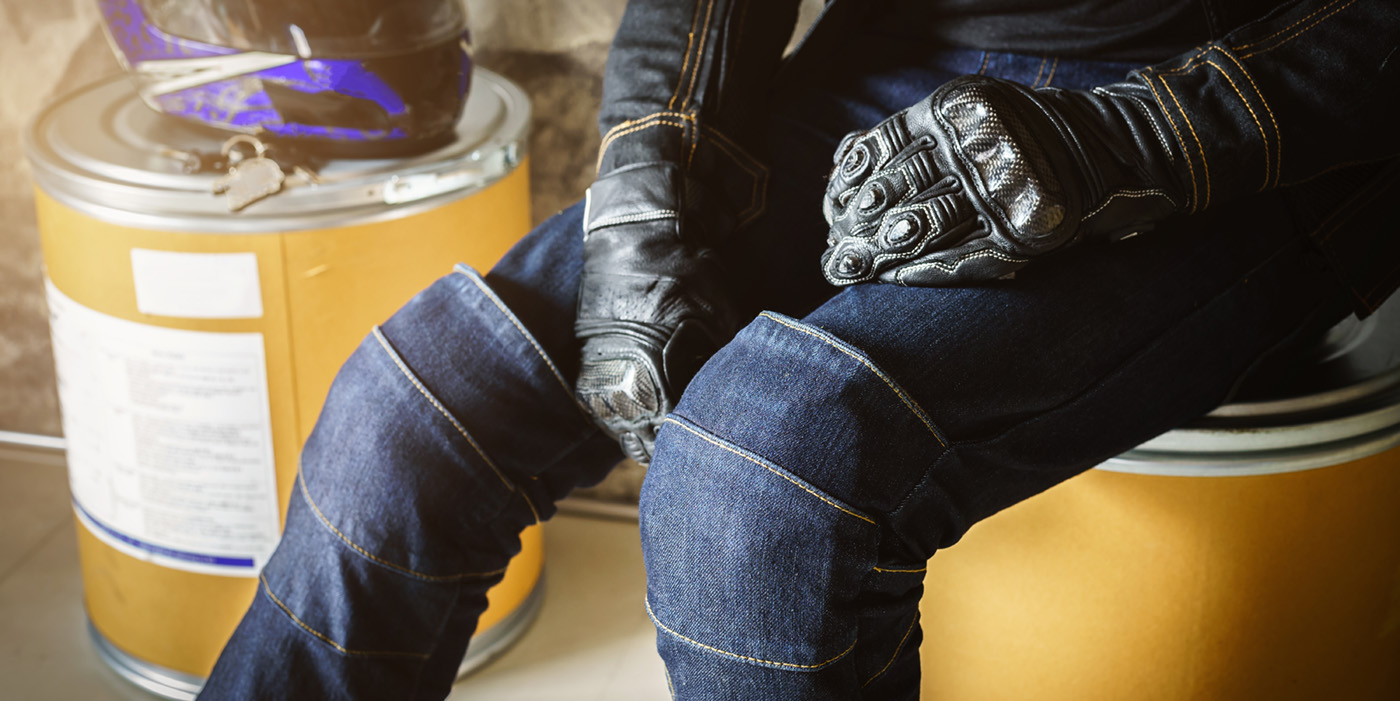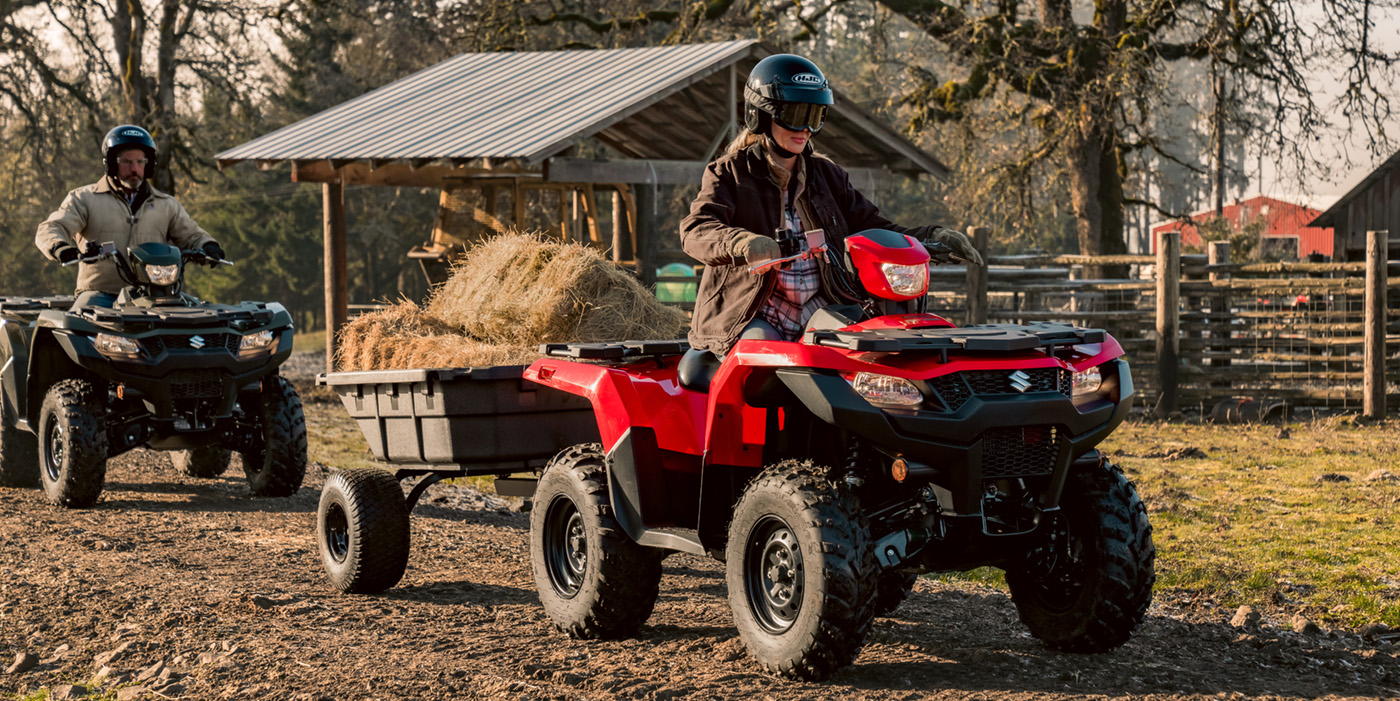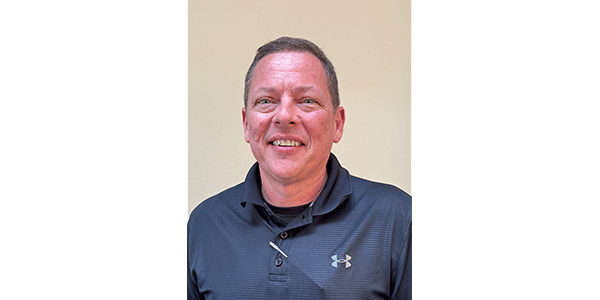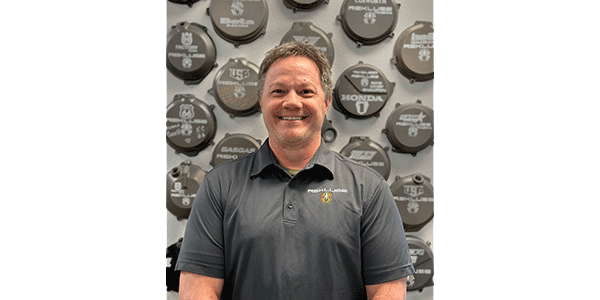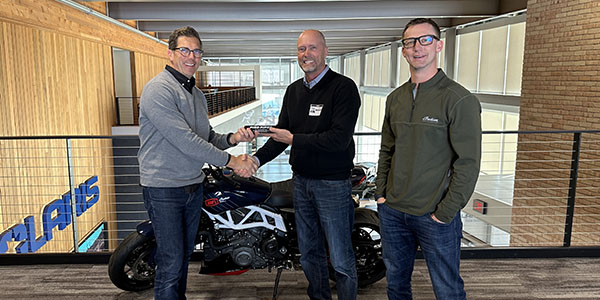“Can I help you?” or, my favorite, “Hep yah?” What’s your immediate response when you’re confronted by these words from a salesperson? I know what my answer always is. A resounding, “No, I’m just looking.” The funny part about that is I often go in looking for a particular something. Then, when I can’t find it, I need questions answered, and, of course, because I said no, no one is around to help me.
Why do we say no, when we often want to say yes? It’s a defense mechanism, whereby, deep down, we’re afraid that this salesperson is going to make us buy something we don’t want. As if he or she had some mind-altering powers. We wish ….
How then, do we make our clients feel comfortable enough to respond to our advances? First of all, never ever ask, “Can I help you?” or its variants. Never ask the customer a question that he or she can answer no to.
Most people don’t usually go through the trouble of getting in their vehicles and driving to your dealership just to look at things. There is a reason they are there. Always remember that!
If you can’t ask questions that a customer can answer no to, what are the options? My favorite has always been, “How are you today?” They cannot say no to that. You may get a long, involved answer, but at least you’ve opened a dialogue. Depending on the length or brevity of the response, you may jump in or back off.
I’ve also instructed my staff to greet customers as they encounter them, even if the staff member is busy. Just a, “Hi there!” or, “How are you today?” is all it takes. My goal is to always have a customer greeted three times before he or she gets down to business. Just never tell them to look around and call you if they need anything. That’s a very dismissive answer.
“What brings you here today?” might work. “Are you looking for an ATV or a motorcycle today?” is another. Each salesperson has to come up with his or her own questions, but the possible answer to any of the possible questions should never be no. You want yes answers. Assumptive closing questions like the one above about ATVs or motorcycles.
You must always assume that customers are here to buy something and have to just narrow it down a bit. I’ve heard people say that three yesses will make a deal. Maybe, but the real solution is just to get them talking and feeling comfortable.
I’m jumping ahead — assumptive closing questions usually come further into the conversation. What if a client has said he or she is just looking? There are all kinds of answers to that response. “Great! Anything in particular?” “Street or Dirt?” You can point out the areas where the various items are. At this point, you have to read the customer. Does he or she need to be left alone? Is that person lost and needs guidance? It can be tricky. Unless customers give me a specific answer, I usually let them go but keep an eye on them. Before I do so, I always make three stabs at getting a conversation going. Any more than that verges on harassment.
Keep an eye on them, but do not hover. People hate hoverers. If they start coming back to one product or keep sitting on a certain bike, you can come up with an unusual fact on the bike or offer to hold it up if they want to lift their feet. You just want to get a conversation going. Don’t be patronizing. Assume they know what they are doing. Always ask, “What do you ride now?” Not, “Do you ride?”
If they are still standoffish, leave them alone, but watch. Be nearby, maybe waxing a bike or staring intently at something on a unit. Find something to adjust. Just be there. Ninety-nine percent of the time, these tactics will work. There is always a question at some point.
Related: The Mitchell Technique Sales Challenge
Besides waxing a bike, there are a couple of techniques that I have successfully used on shy clients. One is the “on the way” technique. You just walk by them and offer a greeting — “Hi there,” or “How’s it going?” — but you don’t stop. First, they have a bit of defensiveness because they see a big, bad salesperson coming, but when you just walk by, they wonder what is so important that you didn’t stop. Then, you accomplish your “mission” and walk back to talk to them. They are now much more receptive. They’ve already talked to you, so why wouldn’t they?
A variation on this is to pick up a piece of paper from your desk. It doesn’t matter what it is. It just has to have some printing on it. As you walk by them, studying this paper as if it was the Rosetta Stone, you greet them, but once again, don’t stop. Obviously, you are on a mission of great importance. You stop at any unit, study the paper and the unit, nod wisely, as if all of your problems have been answered, and walk back. Then, you stop and talk to them.
I know it may sound like an odd way to approach people, but it works. You may have another that falls under a similar tactic. It just has to be something that opens the door for you to walk through and get that sale.









